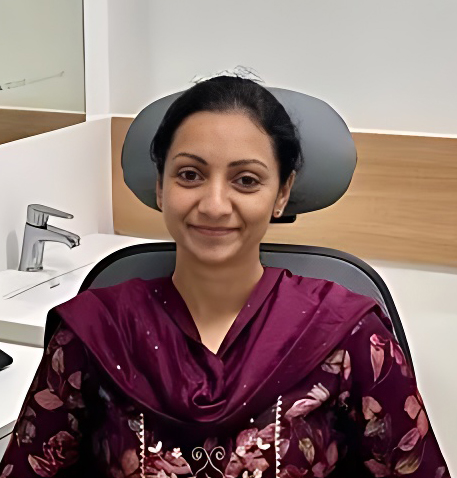Description
The phrase "golden hour," which is frequently used in trauma or emergency care, refers to the idea that a patient has to get life-saving care within the first sixty minutes of suffering an injury or exhibiting symptoms. It was thought that there would be a significant increase in the likelihood of mortality or long-term problems once this period had passed.
Summary Listen
- Dr. Priyanka Mahal, an emergency physician, discusses the "golden hour" in emergency medicine, highlighting its importance beyond trauma to encompass various critical conditions seen in emergency departments. The concept originated from military medicine and emphasizes the crucial window for intervention to prevent irreversible damage and improve patient outcomes.
- While the initial focus was on trauma, where the ATLS protocol guides immediate assessment and resuscitation (Airway, Breathing, Circulation, Disability, Exposure), the principle of rapid intervention extends to conditions like myocardial infarction and stroke. The key is to address life threats first, guided by clinical assessment and basic interventions, not delaying treatment for definitive diagnoses.
- In acute myocardial infarction (MI), time to reperfusion is crucial. Guidelines emphasize rapid ECG acquisition (within 10 minutes of arrival) and prompt reperfusion through thrombolysis or primary angioplasty (PCI). Mortality significantly increases with delays in treatment beyond the golden hour, necessitating swift action and adherence to established timelines.
- Similarly, in stroke, rapid assessment and neuroimaging are paramount. Guidelines dictate a timeline for clinical examination, stroke team notification, CT/MRI scans, and thrombolysis, with the aim of initiating treatment within 60 minutes of arrival. Thrombolysis within 90 minutes yields greater benefits compared to later interventions.
- Sepsis, characterized by infection and systemic inflammatory response, requires timely intervention to prevent progression to septic shock. Early antibiotic administration and fluid resuscitation are vital, with survival rates decreasing significantly for each hour of delay. A one-hour bundle directs initial management, including lactate measurement, fluid administration, blood cultures, and vasopressor support.
- Cardiac arrest demands immediate action. CPR and defibrillation must be initiated without delay, as survival rates decrease rapidly with each passing minute. Anaphylactic shock also necessitates rapid intervention, particularly with intramuscular epinephrine, to prevent life-threatening complications.
- Testicular torsion, though rare, requires prompt diagnosis and intervention. A window of 4 to 8 hours exists to prevent permanent ischemic damage, emphasizing the need for clinical assessment, scrotal ultrasound, and urological consultation.
- Overcrowding and resource limitations pose significant challenges to meeting golden hour targets. Strategies to address these issues include streamlined triage, efficient staff allocation, advanced diagnostic tools, and adherence to clinical guidelines, with a focus on reducing the time to diagnose and treat patients effectively.
Sample Certificate
About the Speakers


Comments
Comments
You must be logged in to leave a comment.